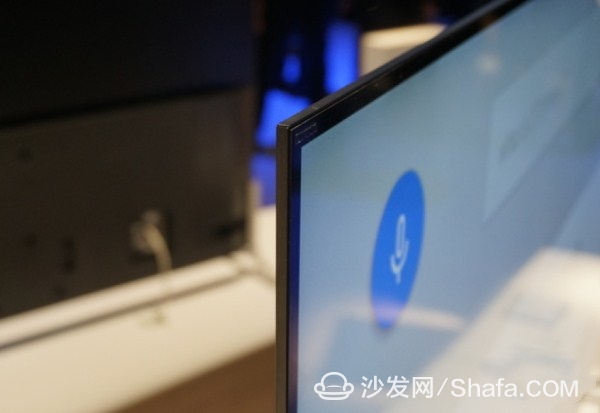The continuous advancement of science and technology has accelerated the rate of replacement of various types of technology products. In fact, the same applies to home appliances. When many people purchase home appliances, they will always find "black technology" applications that have never been heard before. From the outside, the increasingly thin screen TV is one of the most attractive home appliances. The once home appliance resembling a square box can even reach the same thickness as a mobile phone. Today, let Xiaobian take everyone to understand why the TV screen is becoming thinner and thinner.

First of all, technological advances account for the most important reason. Once due to the lack of technical level, the product integration in the production of television is low, and a large number of components occupy a lot of space, which makes the TV look very bloated. In the development of television, these internal components have become more and more integrated, which saves internal space and makes the television more and more slim.
At present, many ultra-thin TVs use LED backlights, and these backlights are divided into direct-type and side-in modes on the backlight. From the name you can see the way of backlight, direct type LED backlight is behind the LCD panel, a large number of LED light bulbs, to provide light for the TV. However, since the LED light bulb must be arranged behind the liquid crystal panel, the thickness cannot be reduced. Side-entry LED backlight is placed on both sides of the LCD panel. The light emitted by the LED backlight can be evenly projected onto the screen through the light guide plate. In this way, the arrangement of the bulbs on both sides can effectively reduce the thickness of the television, and there are also limitations in the imaging and picture quality. Therefore, many manufacturers also need to strengthen the picture quality of TVs when they publish ultra-thin TVs.

In addition to LED TVs, there is also a new type of TV on the market, which differs from LEDs in terms of panel materials. LED TVs can't self-illuminate, so they need LEDs as backlight sources. This causes TVs not only to have backlights, but also to add polarizers, filters, and many other structures to ensure that projection colors are normal. The OLED organic light emitting secondary light has a self-luminous characteristic, and does not need to incorporate a backlight and the multilayer structure of the LED television, and has a unique advantage in thickness. At the same time, due to self-illumination, the color of the OLED TV is also guaranteed. At present, there are even flexible flexible OLED screens that are not only thin but also colorful.
Some people think that too thin a TV will have a negative impact on picture quality, sound effects, heat dissipation, and stability. This situation will indeed appear in some TV products, but there are still a considerable number of manufacturers on the market have been relatively thorough development of ultra-thin TV, users can make a comparison of multiple parties before deciding whether to purchase.
Smart TV/box information can focus on smart TV information network sofa butler (http://), China's influential TV box and smart TV website, providing information, communication, etc. on TV boxes, smart TVs, smart TV software, etc. Answering questions.

At present, many ultra-thin TVs use LED backlights, and these backlights are divided into direct-type and side-in modes on the backlight. From the name you can see the way of backlight, direct type LED backlight is behind the LCD panel, a large number of LED light bulbs, to provide light for the TV. However, since the LED light bulb must be arranged behind the liquid crystal panel, the thickness cannot be reduced. Side-entry LED backlight is placed on both sides of the LCD panel. The light emitted by the LED backlight can be evenly projected onto the screen through the light guide plate. In this way, the arrangement of the bulbs on both sides can effectively reduce the thickness of the television, and there are also limitations in the imaging and picture quality. Therefore, many manufacturers also need to strengthen the picture quality of TVs when they publish ultra-thin TVs.

Some people think that too thin a TV will have a negative impact on picture quality, sound effects, heat dissipation, and stability. This situation will indeed appear in some TV products, but there are still a considerable number of manufacturers on the market have been relatively thorough development of ultra-thin TV, users can make a comparison of multiple parties before deciding whether to purchase.
Smart TV/box information can focus on smart TV information network sofa butler (http://), China's influential TV box and smart TV website, providing information, communication, etc. on TV boxes, smart TVs, smart TV software, etc. Answering questions.
Dongguan Guancheng Precision Plastic Manufacturing Co., Ltd. , https://www.dpowergo.com